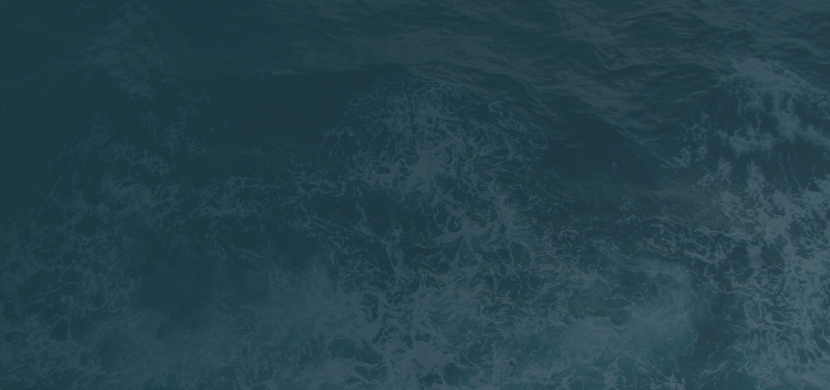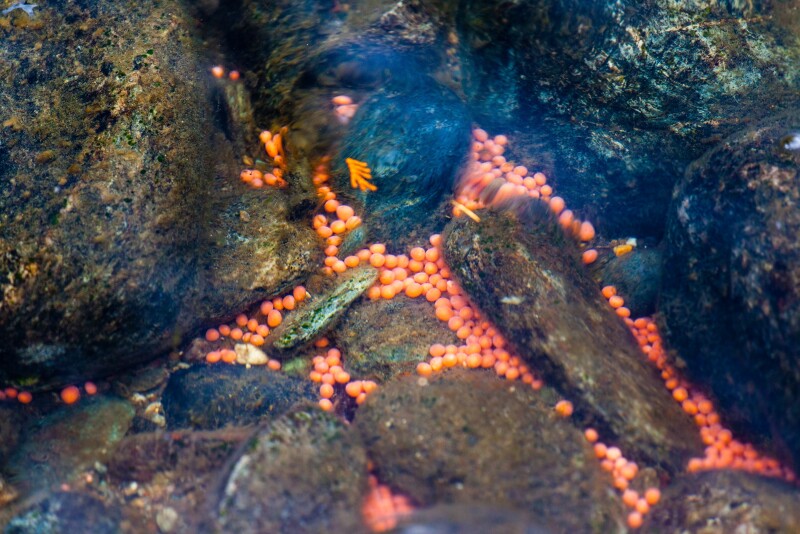Alaska’s 2024 salmon fishery saw double-digit declines in both catch and value, and the hits also hurt the state's vital hatchery program.
Alaska produced a total catch of just over 101 million salmon last year, a 56 percent decrease from the more than 232 million fish caught in 2023. Fishermen’s paydays also took a beating with the total salmon value at $304 million, down from $398 million the previous year.
In all, Alaska's 2024 salmon fishery was the lowest on record for fish poundage (450…

You've caught the limit!
Free membership gives you access to:
- Unrestricted access to all NationalFisherman.com articles.
- Enjoy an extensive archive of National Fisherman magazine issues, including articles, features, and insights from the publication's history
- Receive the latest developments and expert opinions from the fishing industry delivered directly to your inbox twice a week.







